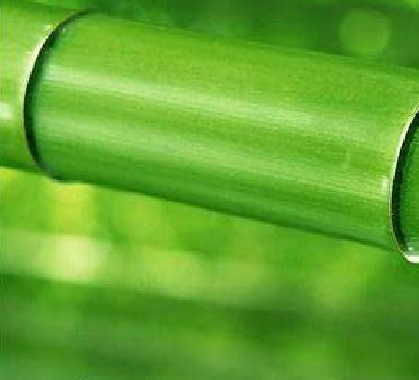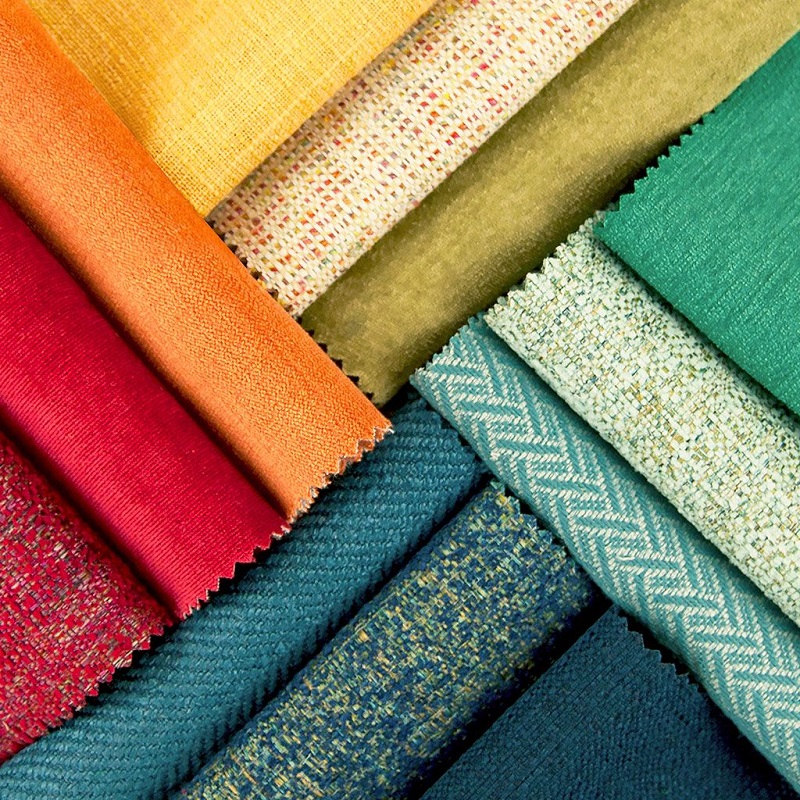Weaving process includes weaving (also called shuttle weaving), knitting, knitting and nonwovens, among which knitting is divided into warp knitting and weft knitting.
Warp knitting is a type of knitting method that creates a fabric by using one or more groups of yarns arranged in parallel to form loops on all working needles fed into the machine in the warp direction. The resulting fabric is called a warp knitted fabric.
Knitting is a broader term that refers to the method of forming fabrics by looping yarns together. Knitted fabrics can be divided into two main categories: warp knitted fabrics and weft knitted fabrics, based on the direction of the yarn loops in the fabric. Warp knitted fabrics have yarn loops that run parallel to the warp direction, while weft knitted fabrics have yarn loops that run parallel to the weft direction.
Warp knitting is a popular method for creating stretchy and flexible fabrics, such as those used in clothing, upholstery, and technical textiles. It offers several advantages over traditional weaving methods, including faster production times, lower cost, and greater versatility in terms of fabric texture and patterning.
The names of warp knitting and weft knitting come from weaving.
Woven fabrics are indeed the oldest textile technology and are characterized by the interweaving of longitudinal warp and transverse weft yarns. In contrast, warp knitted fabrics are formed by the same yarn forming loops along the warp direction (longitudinal direction) of the fabric, while weft knitted fabrics are formed by the same yarn forming loops along the weft direction (transverse direction) of the fabric.
One of the key differences between warp knitted fabrics and weft knitted fabrics is the number of yarns required to form the fabric. Warp knitted fabrics typically require one or several groups of yarn sheets, each group consisting of many yarns. In contrast, weft knitted fabrics can be formed with only one yarn, or a limited number of yarns.
Another difference between the two is the texture and feel of the fabric. Warp knitted fabrics tend to have a smoother, more uniform texture, while weft knitted fabrics have a more textured, flexible feel. This is due to the fact that warp knitted fabrics are formed by the same yarn forming loops along the warp direction, while weft knitted fabrics are formed by the same yarn forming loops along the weft direction.
Overall, both warp knitted fabrics and weft knitted fabrics have their own unique characteristics and advantages, and are used in a variety of applications, such as clothing, upholstery, and technical textiles.




